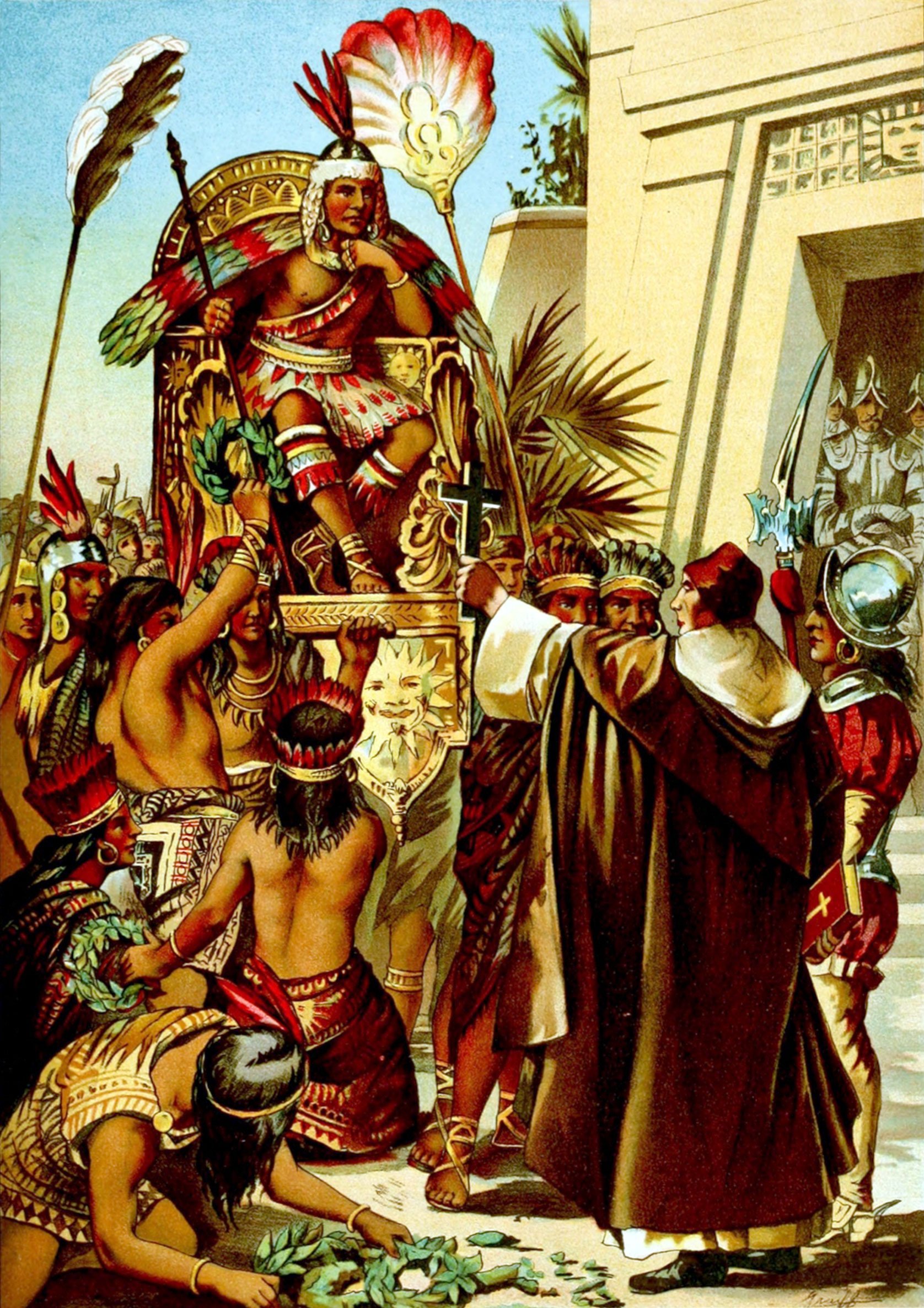
Atahualpa
Atahualpa was born on March 20, 1497, in Cuzco, Peru. He was the son of Inca Huayna Capac and Princess Duchicela of Quitos. By 1527, European diseases had made their way to Peru. The diseases, which included small pox and measles, had moved at an amazingly fast pace. First, it killed Huayna Capac, and then it would quickly kill his son Ninan Cuyoche who Huayna had chosen on his death bed to be his successor. Ninan Cuyoche's death set off a dynastic struggle for the throne between Atahualpa, and another of Huayna Capac's sons named Huascar. This would become known as the War Between Brothers.

Cajeme Yaqui King
Cajeme's name at birth was Jose Maria Leyva. He was born in Hermasillo in the year 1837, the son of Francisco Leyva and Juana Perez. At the age of twelve, Jose accompanied his father on a trip to California. On his return, his parents sent him to be educated in Guaymas where he learned to read and write in Spanish. Soon Jose entered the military and became well know for his valiant fighting. In recognition of his heroism he was appointed mayor of the Yaqui territory. Upon his appointment, Jose surprise everyone when he turned on the Mexican government, and became Cajeme.
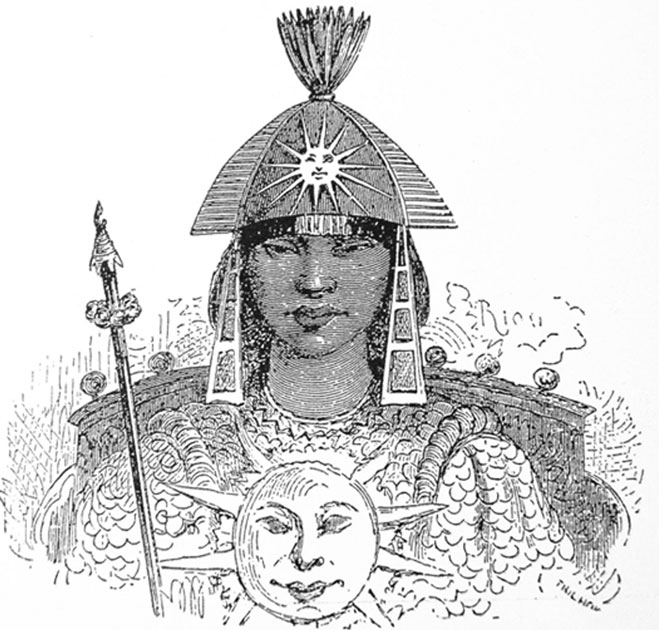
Huayna Capac
Huayna Capac was born in Tumibamba (Cuenca, Ecuador), and raised in Cuzco. He became the eleventh emperor of the Incas in 1493, following the death of his father Tupac Inca. Huayna was one of the youngest of Tupac's 62 sons. His name means “young king” in the Incan language of runasimi. His mother was called Mama Ocullo, and she was very strong-willed queen. Huayna listened to her advice and obeyed all of his mother's decisions.
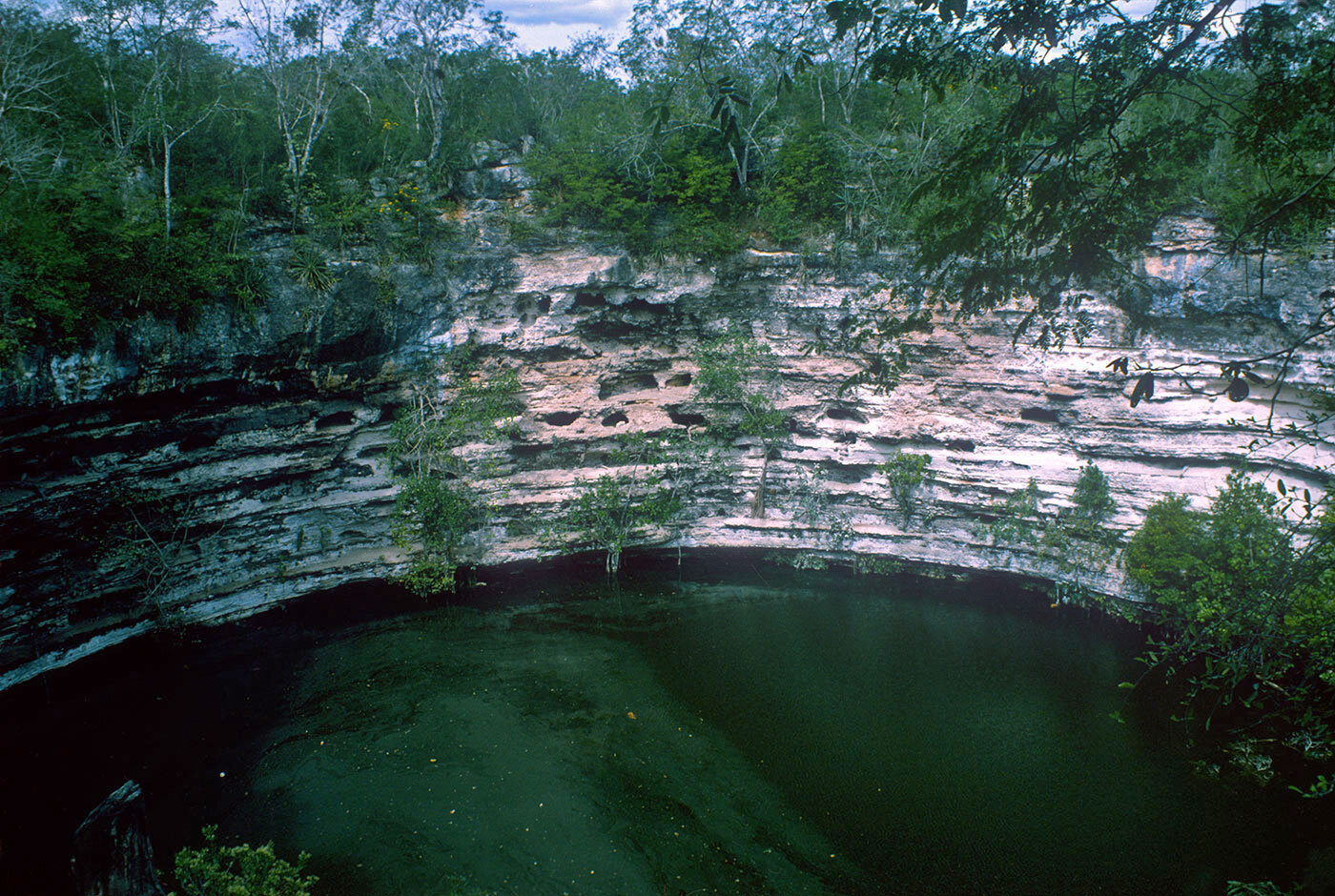
Hunac Ceel
The end of this period was marked with open revolt and upheaval. It was at this time that the great Hunac Ceel, one of the greatest lords of Mayapan, was sentenced to be sacrificed in the Sacred Cenote in Chichen Itza. The Sacred Cenote is a huge hole that is 200 feet in diameter. Sacrifice victims stood on the edge of the hole and jumped, smashing into the green, murky water 65 feet below. The Mayans believed that the people who were sacrificed here did not die. They believed that they went to another world. Historians have found that largely women were sacrificed. However, sometimes children were included.
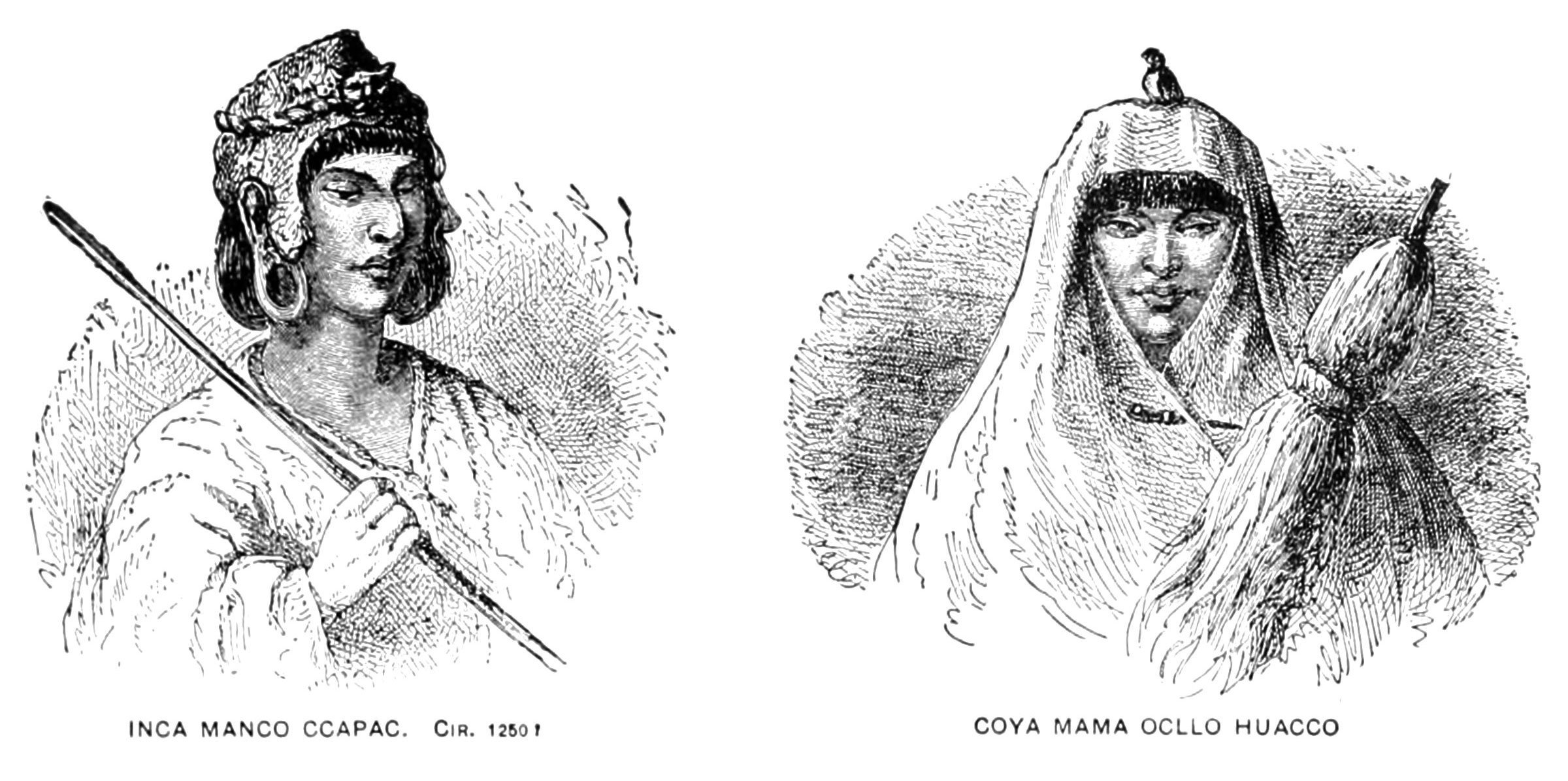
Manco Capac
Initially, Manco Capac ruled a kingdom of no more than 500 people. These people were barbarians who survived under the most primitive of conditions. Manco treated his people like brothers, and by doing this he earned their respect. One of the first things he did when he became king was to divide Cuzco into two ethnic sections. One section was called Hunan Cuzco and the other was called Hurin Cuzco.
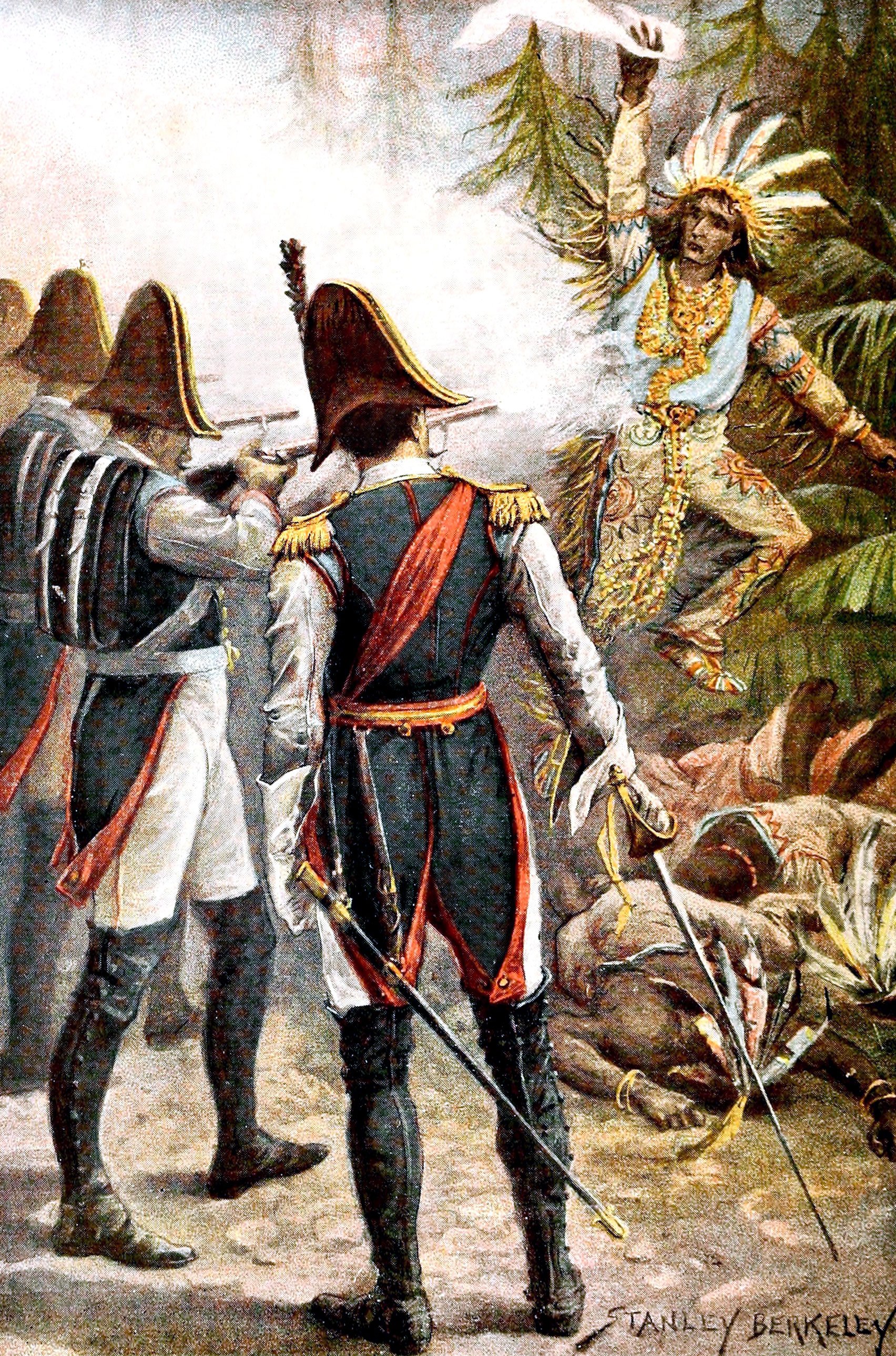
Manco Inca
In November of 1533, Francisco Pizarro and his men discovered a seventeen year old boy. He was the son of the great Inca King Huayna Capac, and the brother of Princes Huascar and Atahualpa. His name was Manco Inca. Ever since the father Huayna Capac had died from the European disease small pox, his brothers Huascar and Atahualpa had been in a fierce civil war for control over the Inca Empire. Manco had been hiding from Atahualpa’s men so that they wouldn’t find him and kill him. Pizarro came up with an idea. He had just assassinated Atahualpa and he knew that the people of Cuzco had sided with the Huascar. He also knew that the people of Cuzco had been bitterly oppressed by Atahualpa. If he could convince Manco Inca to side with him then he could enter the city of Cuzco and pretend to be a liberator.
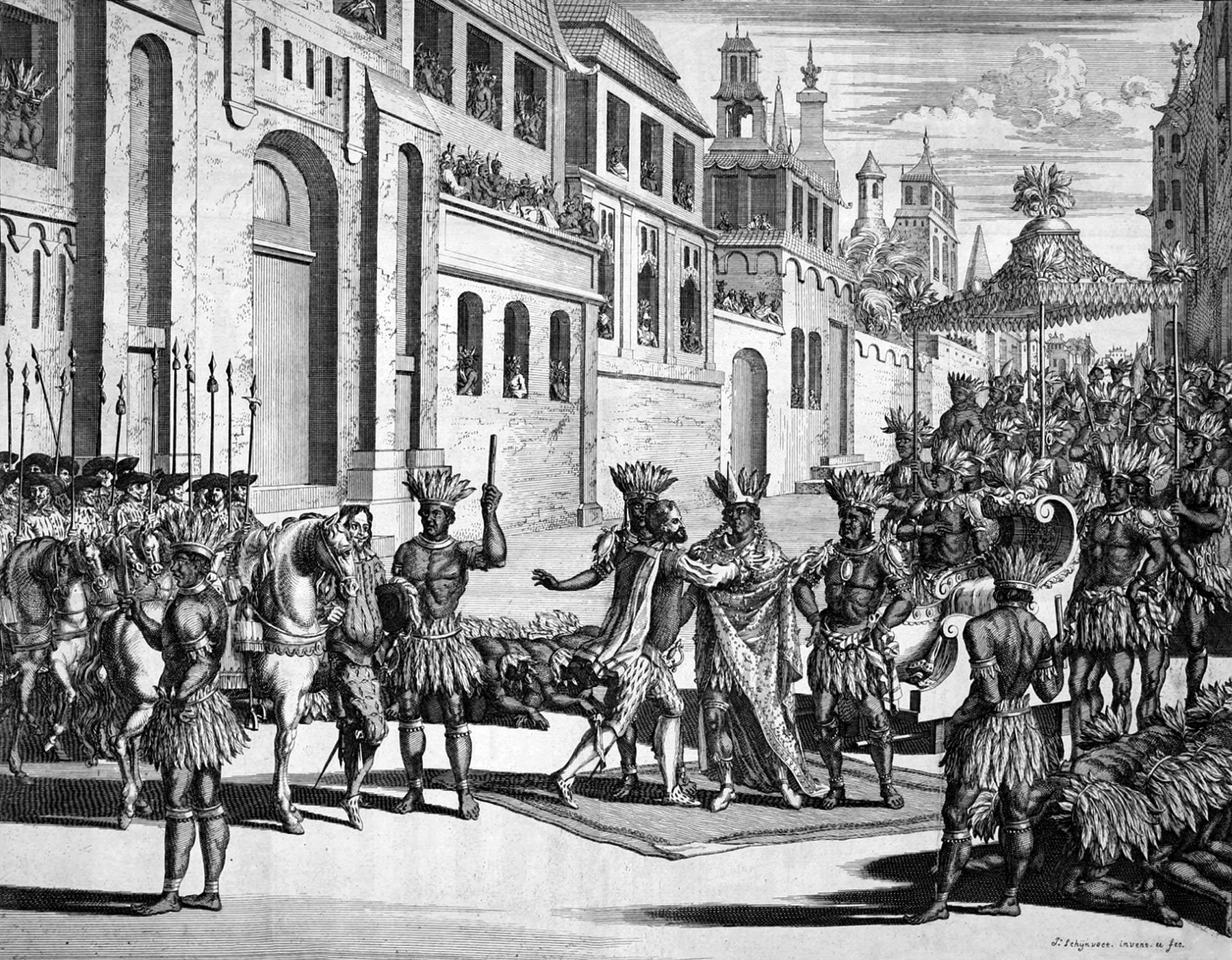
Montezuma
Montezuma became ruler of the Aztec Empire in 1502. Under his rule the practice of human sacrifice expanded. At the empires peak he ruled between 15 and 20 million people. Before the Spaniards arrived Montezuma was known for his bravery and successful military campaigns against the Mayans and the Mixtec. Under his rule the practice of human sacrifice expanded. At the time of the Spanish Conquest, Montezuma was forty years old. The Spaniards described him as slender, of average height, and somewhat muscular in appearance. Montezuma had dozens of domestic servants, and did almost nothing for himself. In addition, he had two legitimate wives and hundreds of mistresses.
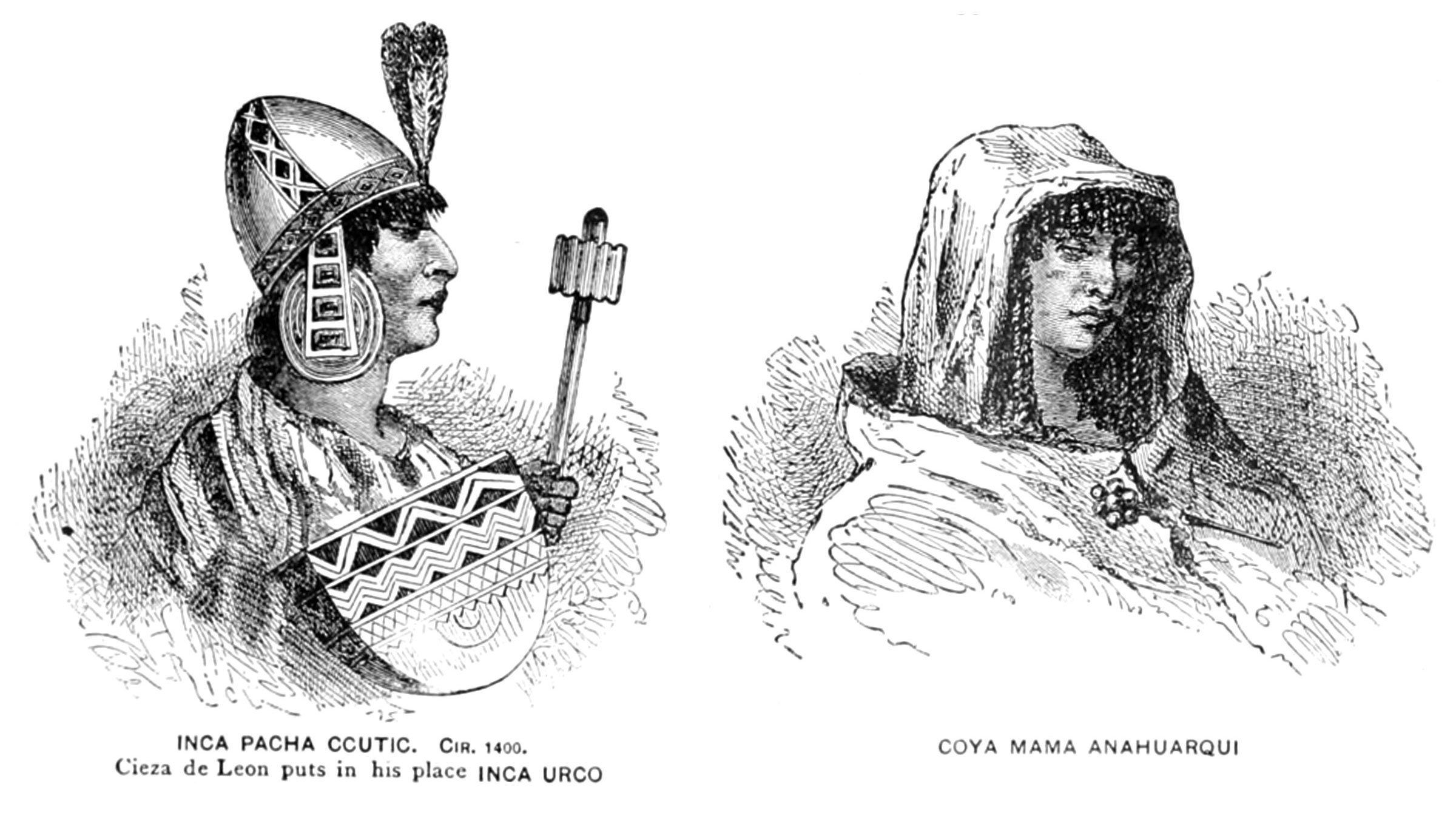
Pachacuti
In 1438, the Inca were attacked by the Kingdom of Chancas. The Chancas desired the fertile soils that were controlled by the much smaller Inca Kingdom. In order to escape capture, the Inca king fled to a fortress in the Andes. This left his young son Cusi Yupanqui to defend the empire. As the Chancas approached from the east, victory seemed imminent because the Incas were few in number, weak, and politically divided. Cusi Yupanqui quickly made alliances with the nearby ethnic groups and marched out to meet the Chancas. As legend goes, Cusi who was dressed as a puma called for help from the sun god Inti. The Incas fought fiercely using wooden clubs tipped with copper spikes. Miraculously, Cusi Yupanqui led his men to victory on the battlefield and declared himself Sapa Inca. From that day on he was called Pachacuti which meant “earthshaker” or “he who turns the world upside down.”

Topilitzin/Quetzalcoatl/Kukulcan
The word Quetzalcoatl is a combination of Nahuatl words. Quetzal is the magnificent bright green bird that is native to the Guatemalan highlands, and coatl means snake. Thus Quetzalcoatl is depicted as a snake adorned with feathers. The ancient Mayans called him by the name of Kukulcan. Ancient myths describe Quetzalcoatl/Kukulcan as revered throughout Central America and Mexico for his gentleness, intelligence, and his patronage of arts. The Aztecs believed that he “created the world,” and they dedicated temples to him.
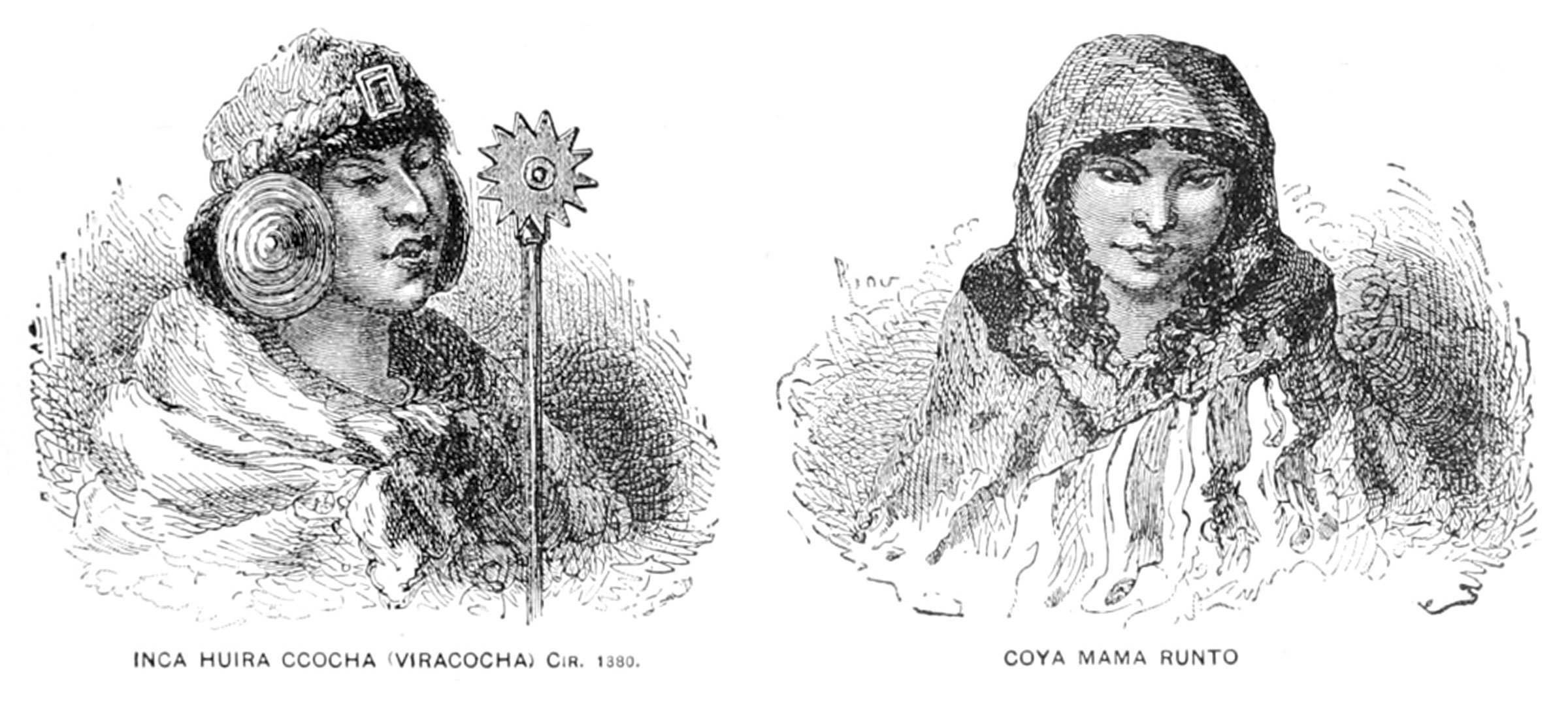
Viracocha
Yahuar Huacac Inca was the seventh king of the Inca, and by all accounts he was a coward. Yahuar had not even tried to conquer new lands. However, his son Viracocha would quickly make up for his father's lack of courage. Viracocha was so warlike that he was always in trouble with his father, and even while he was in exile he spoke poorly of him. Viracocha liked to point out that his father had never done anything memorable, and that people shouldn't regret his father's failings, because he was going to conquer half of the world, himself.
